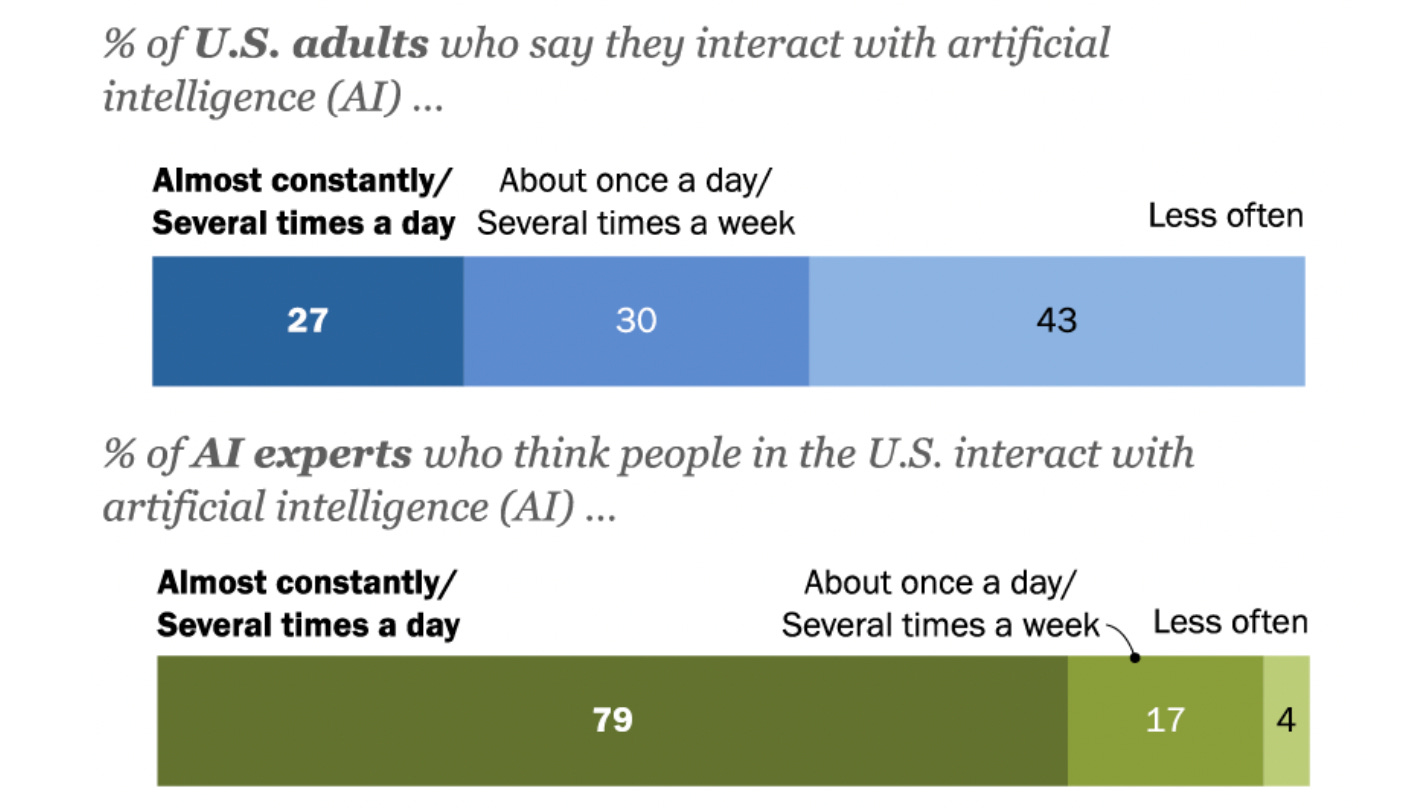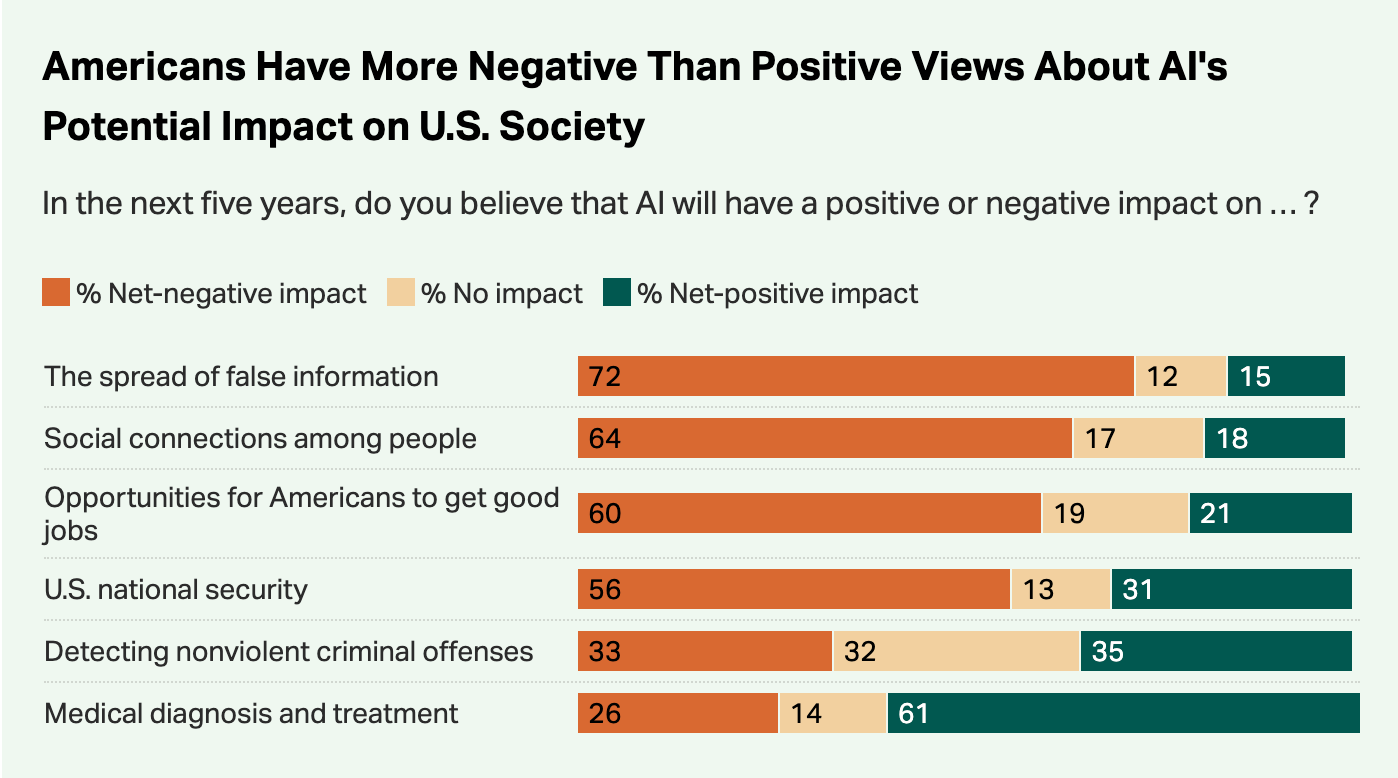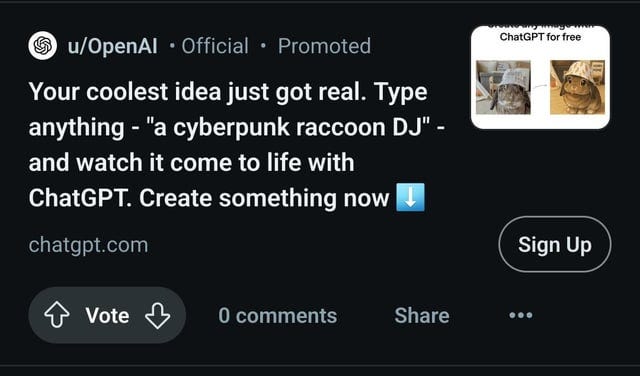Not using AI? You're not the problem.
Successful technology adoption requires intentional, user-centered design and research. Too many AI companies have lost sight of this.
It was 2008 when Apple launched its app store. By 2010, “app” was the word of the year.
Everything was fair game; you’d never hail a cab from a laptop, but you’d absolutely call an “Uber” from your phone. What followed was a landgrab to make everything “mobile”.
And if your app didn’t stick - which was often - companies looked inward.
How do we better serve customers?
How do we clarify our value proposition?
Are we even solving the right problem?
Competition was so fierce that companies literally threw money at consumers to drive adoption.
This was the era that birthed UX, UI, and user research as distinct career paths outside of generic “design”. Just being in “mobile” wasn’t enough; you needed to both address a real need and be delightful.
Contrast that with what’s happening today. There are tons of AI companies. And tons of people telling you very, very loudly how important it is to use the products of those companies.
But something is…weird:
AI companies are leaving product management to their users.
Instead of building around user problems, they’re shipping raw capability…then asking customers to figure out the rest.
They haven’t answered even the most basic product questions:
Who is this for?
What problem are we solving for them?
Why would they choose this over existing solutions?
This explains why, three years after the hype of ChatGPT’s initial breakthrough, we still have no turnkey, purpose-built experiences that scale.
This is not say that AI isn’t cool or useful or radically transformational….but you can’t expect optimal adoption if you rely on your customer to figure out the value of your product.

Mobile was a buzzy, fun party where the hosts cared about guest experience beyond all else. Your first time using Shazam or hailing an Uber or playing Candy Crush was so cool that you had to tell a friend. We were all excitedly comparing notes and experiencing magical, step-wise improvements together.
The AI era is more of a really awkward room - where consumers sit in separate corners figuring AI out for themselves, in silence. All while our hosts loudly proclaim HOW GREAT THIS PARTY IS over the PA system.
It rings hollow because existing LLMs (and the datasets that they often operate on) have well-known issues. Even at temperature zero, they produce unpredictable variations.
But this isn’t stopping companies from rolling things out.

The result is cringey, unintuitive - and often irresponsible - products that are completely disconnected from what customers want & need.
But unlike the mobile era, where companies relentlessly iterated to perfect and rectify the user experience, companies are literally forcing their customers to use these half-baked experiments.
Don’t like it? Well…
It’s smarter than you and it’s going to take your job.
If you haven’t tried it, stop making excuses.
If you’re struggling, you’re using it wrong.
We’re blaming absolutely everything but the obvious.
The product isn’t good enough.
A technology is not a product. An AI product failing is as meaningful as an “internet company” going under.
But, sitting there, telling users to try harder, insisting that EVERYTHING IS GREAT, will neither move technology forward nor make your product better.
It’s oppressive and the antithesis of innovation.
I wasn’t in the room, but I don’t think Steve Jobs prepped for his mobile launch by shaming his users. I’m pretty sure Travis Kalnick didn’t build Uber because he thought he was going to be replaced by a mobile phone. I’m absolutely certain that Flappy Bird was not made under duress.
They understood that technology is meant to serve. Users aren’t empty vessels for “innovation”.
They were good hosts who never made their users feel bad.
AI adoption is weird - even as usage goes up, sentiment goes down. A recent Gallup poll found that most Americans view AI as overwhelmingly bad for society at large.

The AI hype machine has taken what should be an era of excitement, fun, and innovation - and poisoned it. People might be using AI, but no one wants to build the future with it.
It’s ironic, because AI has blown up the traditional walls that blocked access to technology.
At the start of the internet, you needed to be on a handful of elite college campuses to participate. During the mobile boom, you needed to either be a skilled engineer capable of working with native operating systems, or afford the $250k+ salary of one.
With AI, all you need is wifi.
What happens when we put powerful, cutting edge technology in the hands of artists, educators, community organizers, musicians, and healthcare workers?
What happens when they get excited, start milling about, and sharing what they know?
What happens when they start using AI to solve the world’s biggest problems?
What happens when they take charge, and start building with it?
Now there’s a party I’d want to go to.
Christine Miao is the creator of technical accounting - a way to track resourcing, maintenance, and architecture for engineering teams. She’s pretty jazzed about AI…but not the hype around it.




